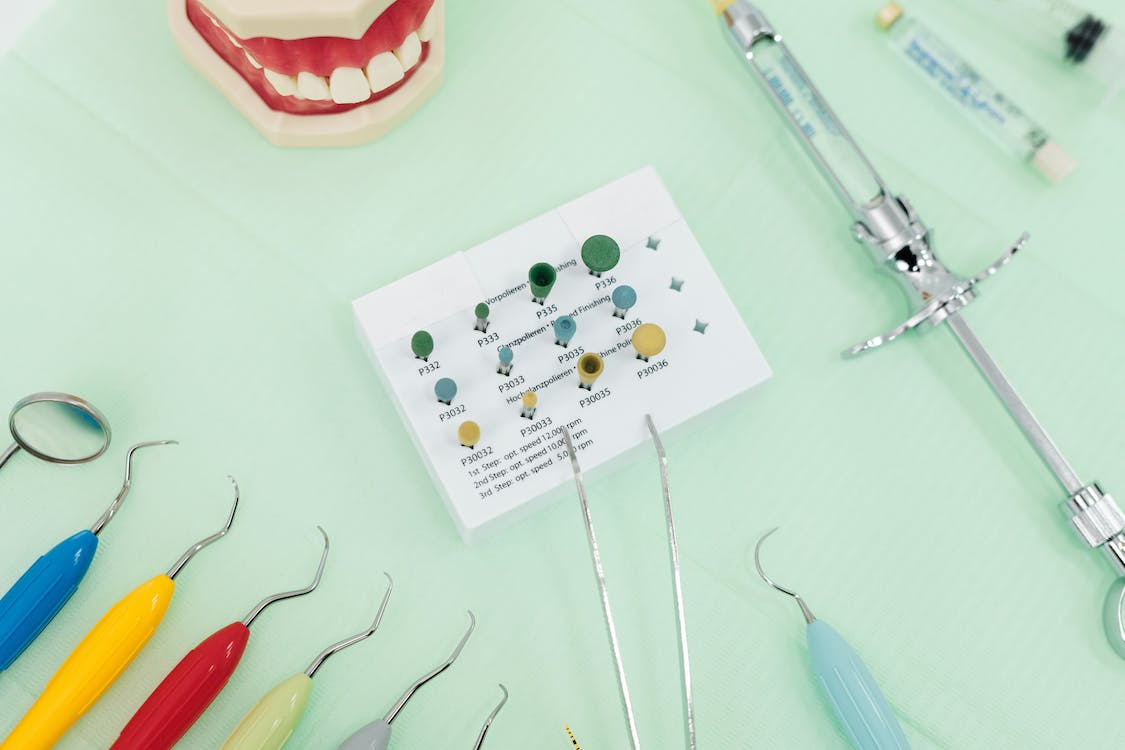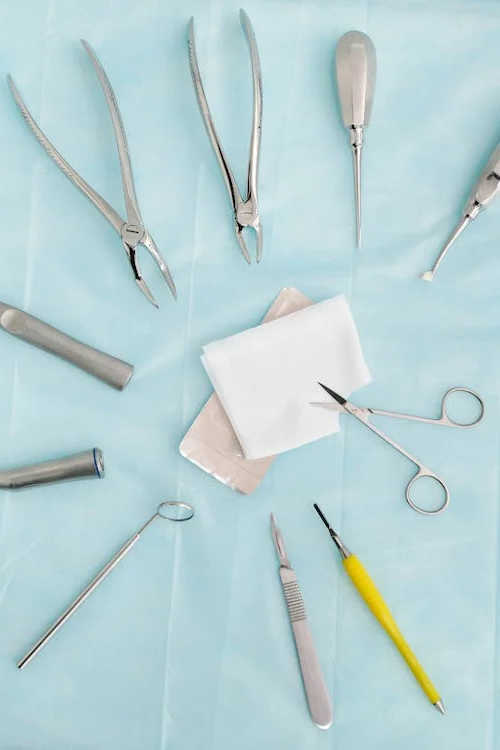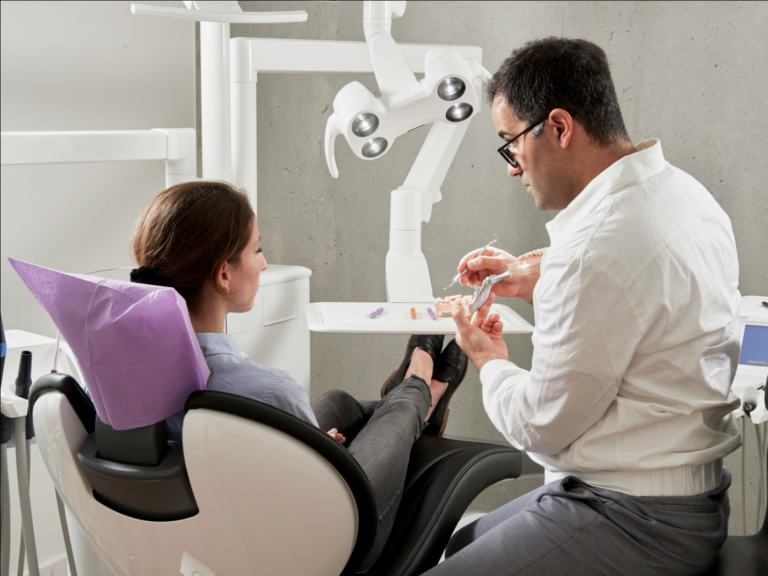For many people, a trip to the dentist’s office can evoke feelings of anxiety and fear. Whether it’s the sound of the drill or the anticipation of potential pain, dental appointments can be stressful.
However, there’s a solution that has been helping individuals overcome their dental phobias – sedation dentistry. This blog post will explore the key aspects of sedation dentistry, explaining what it entails and how it can make dental experiences more comfortable for many.
1. Sedation Dentistry – An Overview
Sedation dentistry is also called sleep dentistry, and it comprises medication to ensure patients can relax during dental treatments. It is an ideal option for individuals with dental anxiety, a low pain threshold, or those undergoing extensive dental work.
The various levels of sedation include minimal sedation (awake but relaxed), moderate sedation (conscious but may not remember much), deep sedation (on the edge of consciousness), and general anesthesia (completely unconscious).
2. Kinds of Sedation
There are different methods of administering sedation in dentistry. Nitrous oxide, commonly called laughing gas, is a mild type of sedation that you inhale via a mask. In oral sedation, patients have to take prescribed medication before the appointment to induce a state of relaxation.
Intravenous sedation is given directly into the bloodstream, allowing precise control of the sedative’s effects. The choice of sedation method depends on factors such as the patient’s anxiety level, the complexity of the procedure, and the dentist’s recommendation.

3. Who Can Benefit from Sedation Dentistry?
Sedation dentistry is not only for those with dental phobias. It is also suitable for individuals with a strong gag reflex, difficulty sitting still for long periods, or those needing extensive dental work.
Additionally, it can be beneficial for children who may be too young to cooperate or individuals with special needs who may find it challenging to undergo dental procedures without sedation.
4. Post-Sedation Considerations
After undergoing sedation, patients might experience drowsiness or grogginess. It’s essential to arrange for someone to drive them home after the appointment, especially if they have a higher level of sedation. Dentists provide post-operative instructions to ensure a smooth recovery and may schedule a follow-up appointment to assess the patient’s overall well-being.
Transform Your Dental Experience at Advanced Dental Center!
Discover the comfort of sedation dentistry with us. Don’t let anxiety or fear hold you back from optimal oral health. Schedule a consultation at Advanced Dental Center and experience personalized dental care in a relaxed environment. Your journey to a stress-free smile begins with our dental services!





